Phantasy Star II Console-Sega Genesis Year-1990 Developer-Sega Publisher - Sega Genre-RPG With the release of Phantasy Star on the Sega Master System, it left all it's competitors in the dust, paving the way with new innovative ideas and beautiful graphics. Two years later the sequel was released in 1990 in North America, does it still tread new ground like its predecessor? Does it blow away the competition? Well in 1990 yes it did. The Genesis had been released only one year previously, cutting into Nintendo competitively with its far advanced graphics. With the Super Nintendo's release in 1991, the Genesis relished in its graphical superiority for two years; a time where final fantasy and dragon quest were still being released on the original Nintendo. Final Fantasy 4 wouldn't arrive until late 1991, so yes, Phantasy Star 2 was ahead of the pack again. How much though? Well to put it simply; Phantasy Star 2 is better than its predecessor in almost every way. GAMEPLAY Phantasy Star 2 takes place 1000 years after the tale of Alis and friends, and a lot has changed. Motavia, formerly a desert wasteland, has had a name change(dropped the "via" and is now just Mota) and is now a paradise. Due to the integration of "Mother Brain", Mota has become a perfect world, where no one has to do anything, it is all taken care of by her. Or it. Who knows? Who cares? Life is good, so it doesn't matter! But, there are some monsters now appearing around the towns and villages, so something is wrong! You, Rolf, start out on Mota with you're best friend Nei and quickly get a mission from your boss in the main tower in the town, Paseo. Nei begs you to take her with you, and the rest is history...or a grind fest, but that's expected by now right? Like the original, Phantasy Star 2 is a traditional JRPG with all the good and bad that comes with it. Love it or hate it, you're going to grind, a lot. That aside, it's less frustrating this time around. Money is still an issue early on, but if your ok and used to grinding its not a problem, and later on in the game money becomes a non-issue. The battles are a huge improvement over last time. The main feature is a very cool one button automated battle system: Press C and your characters all fight in succession without you having to do anything. If you press C again they will eventually stop after they've all had a go and you can choose what they will do the next round all together, rather than one at a time like most other JRPG's. While this is a great change, it can also become a hassle if you need to do specific things such as casting magic or using items, but for grinding and getting passed quick battles the one button system is amazing. This time around two different types of enemies can be on the screen at a time, but multiples of each can be seen, rather than a single enemy sprite like in the first game. You can also see your own characters too, and everything is nicely detailed and looks great. The battle animations are also stellar and sometimes hilarious, like seeing a rabbit monster's idle animation being of him trying to keep his guts inside. Gross, but funny. Unfortunately there is a massive flaw with the battles, unlike it's master system original, there are no backgrounds. You see the same wire frame virtual reality-like screen in every single battle, which is immensely disappointing. The Genesis for sure could of handled backgrounds, it seems as if they were just too lazy to put them in. This makes the grind a little less appealing, it would of been nice to see variety in the background for sure. Another step up from the original game is you get to choose from a number of different types of characters, all with their own very different styles of fighting and equipment. For example, Shir can steal items when you walk into houses or stores when he is in your party. A party member will notice he is missing when you come out of the building, and you find him back at your house with a new item in his inventory. It's a bit awkward, but a cool mechanic nevertheless. Interestingly enough, the way you recruit these characters are by going to your house. They come to your door at different parts of the game. This house is also where you can change your lineup of characters after some awkward menus. These characters don't have much of a story though, as they are just secondary puppets to be around the story of Rolf and Nei. There is very little character progression or story in the game at all, save for a few extreme cut scenes which can be shocking to the story, or just shocking with no relation to the story at all. If I said why they were extreme, it would spoil the story and twists in the game, but, I will say that:Final Fantasy VII wasn't the first. Phantasy Star was still arguably the "mature" console RPG of the time, as Final Fantasy had yet to mature at this point in time. With that said, the game doesn't seem as "deep" as the original. Gone are the vehicles of traverse vast planets, and the worlds seem a lot smaller for it. Luckily there are no more passport checks to travel, but you only ever visit one other planet, Dezo(which is now a hole 1000 years later) and a couple of spaceships. With the minimal story progression also comes very few boss battles. Not to spoil anything, but there are only three boss battles in the entire game. Yeah, that is disappointing indeed. Another odd mechanic in the game is switching hats. When you are on Dezo, you find two hats. One to talk to cats, and the other to talk to the inhabitants of the planet, the Dezorians. This is a neat idea at first, but becomes really frustrating when you need to switch from your armour to another hat just to be able to talk to shop keepers on Dezo. The User-interface hasn't changed much from the first game for better or for worse, in this case for worse. Equipping your party, or using techniques to heal your party is quite tedious, especially when the menu closes every time you cast a spell. This makes healing your party members take seemingly forever between battling monsters and slows the game down considerably. The controls are well done with only three buttons and were never a hindrance. Everything is responsive and works how it should. They cannot be customized though. Unlike the first game, saving is done within towns rather than a menu selection which allows you to save anywhere. This doesn't really change much between the games and can't be said to be good or bad. There are no treasure chests with traps in them, so it doesn't make much of a difference this time. However, Shir can steal an item which allows you to save anywhere you would like. I didn't find this out until I was almost finished the game as I never used Shir much, so it can be easily missable. GRAPHICS Phantasy Star overall looks great for the time, and still holds up as a vibrant and detailed game. It's quite colourful, and quite dark when it needs to be. The atmosphere and setting is generally spot on for the feeling its trying to portray. While the worlds are much smaller this time around, they are quite vibrant and rich with detail. As I noted before, in battle, the animation is fluid and looks wonderful. It's nice to see each monsters animation and how different they all are. There are a few recolours but,it is not as prevalent as the previous game. The game shines in its robotic monsters however, as they are all amazing to see with such high detail it surprises me it's a Genesis game. Each character's look is vastly different from the other, although you could easily make connections between characters between games. Such as: Rolf is Alis, and Rudo is Odin. Rolf IS Alis' ancestor however, so maybe Rudo is related to Odin somehow as well. A big step up in my opinion is that the dungeons are no longer first person view, and now a more traditional top view. This instantly makes it more enjoyable to traverse through dungeons, but they still are quite bland and unremarkable. There is nothing really that makes each dungeon stand out from each other other than colouring. Some overhead static foregrounds are nice though, but can get in the way. The dungeons also can get ridiculous in their design to be labyrinths and confusing as all hell, though a quick read of a guide can solve this problem now. The patience level in 1990 was clearly higher than today. Cut scenes are still a refreshing change from the on screen dialogue and help make sure you know something important is happening. They are all wonderfully drawn and inviting. It's again unfortunate that you don't see more of these within the game. SOUND Another thankful huge step up from the game is the sound. The sound effects are not nearly as annoying this time around, and add to the game as they should. The music however is the games strong point, as almost every track is a classic. I was just about humming to every song before, during, and after playing the game. Each song provides a perfect atmosphere for the section of the game, from its intro, to the jolly theme of the town of Paseo and Mota, to the somber sounds of Dezo, and to the ready-to-fight songs from the battle screens and the last dungeon. Music tends to make or break a game, and in Phantasy Star 2 it surely doesn't disappoint. CONCLUSION While I may of been a bit harsh on Phantasy Star, it's sequel proves there was a lot of room for improvement. Better in almost every way, Phantasy Star II is still a great RPG, not amazing by any stretch, but the fact I never felt like I wanted to stop playing is a sure sign of greatness. Right? The twist at the end of the game is also quite hilarious, and made me feel like a jackass. Go play it, and see why! As always, this is just my opinion, play the game for yourself to have one of your own opinions! Or something!
| 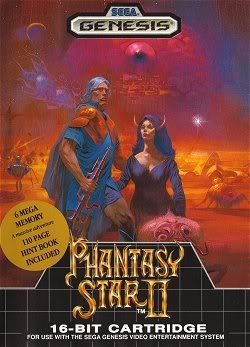 | ||||||||||||||||
|---|---|---|---|---|---|---|---|---|---|---|---|---|---|---|---|---|---|
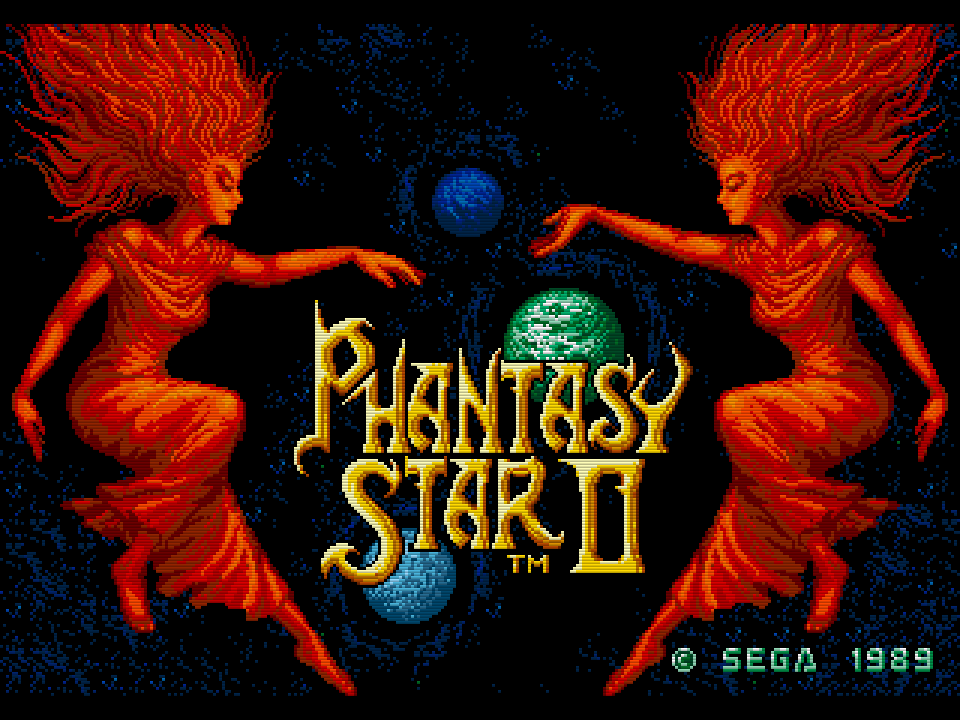 | |||||||||||||||||
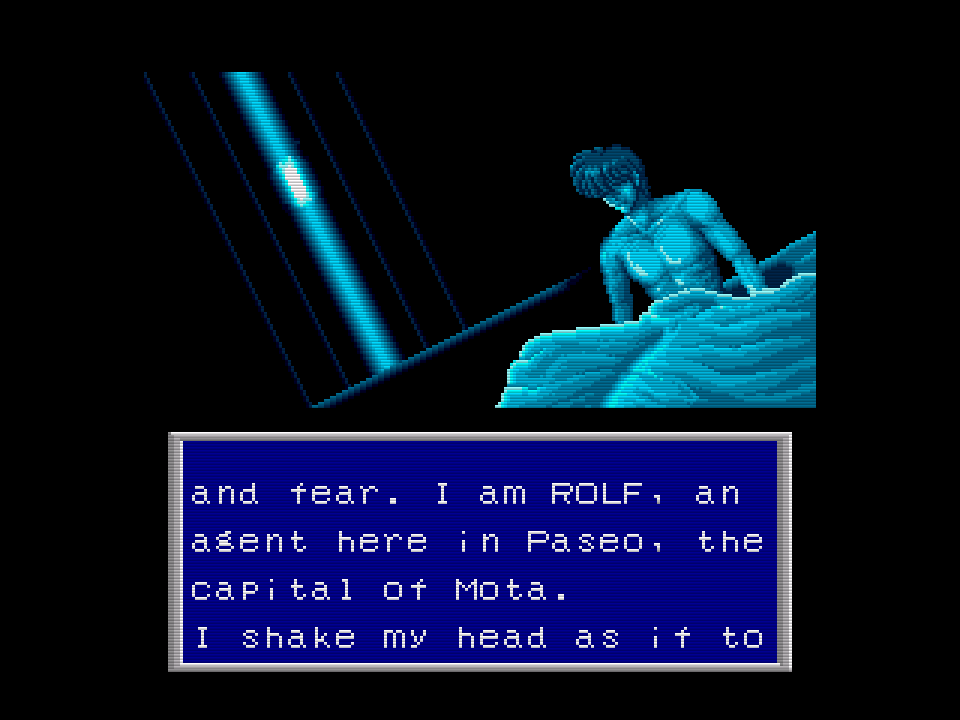 | |||||||||||||||||
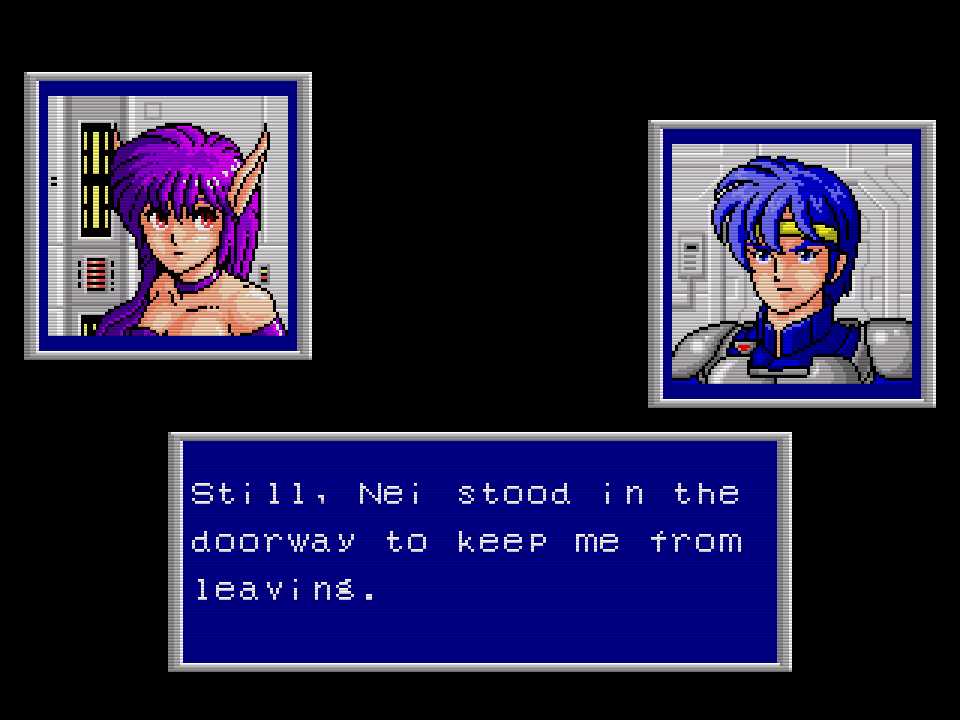 | |||||||||||||||||
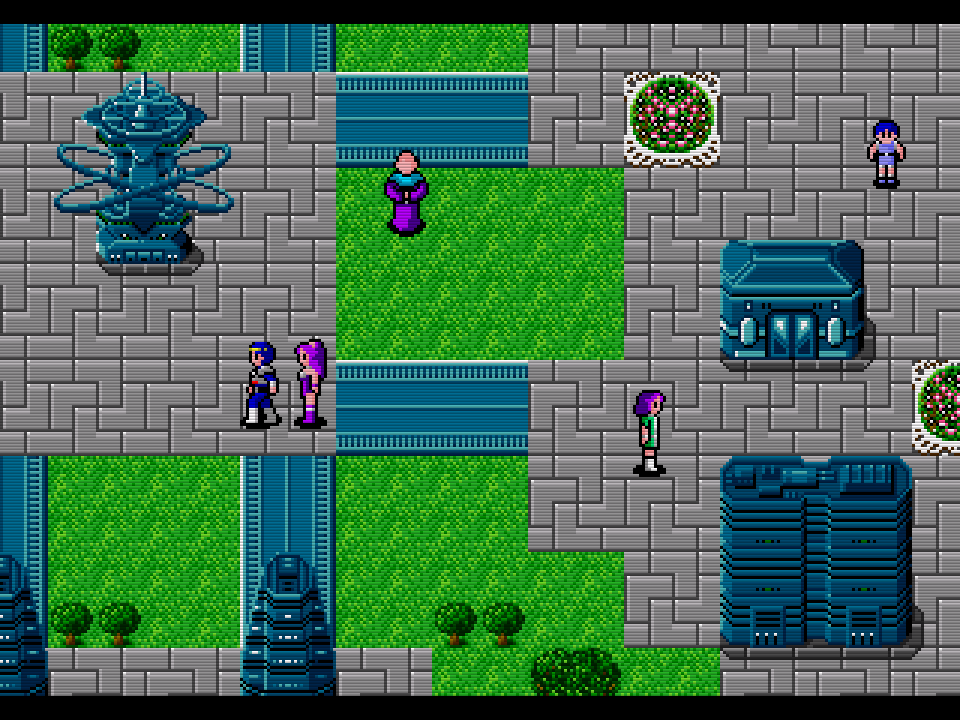 | |||||||||||||||||
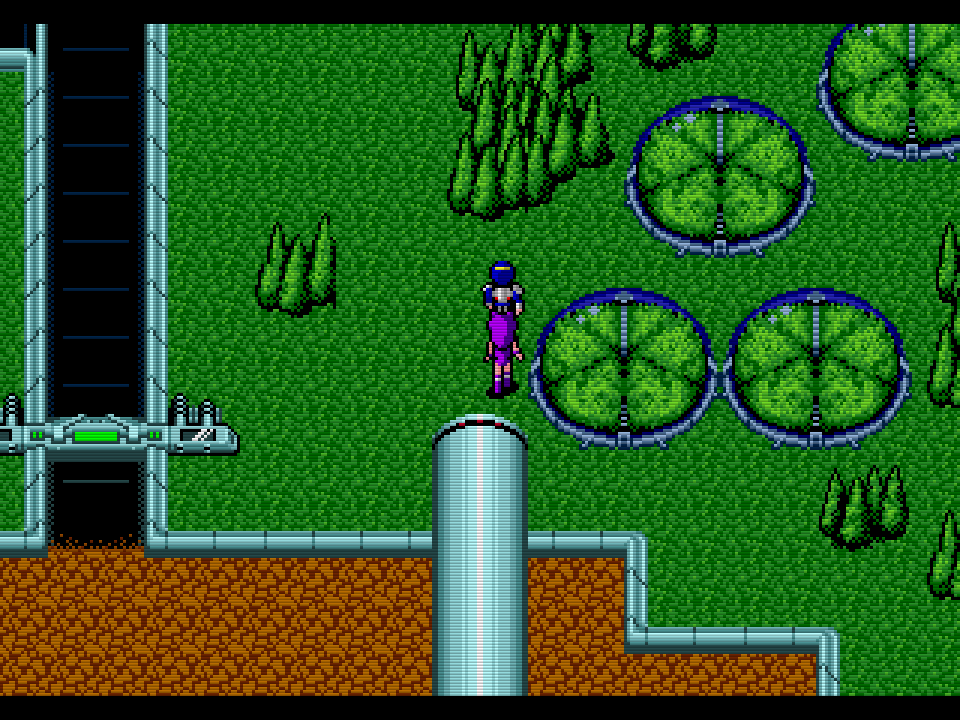 | |||||||||||||||||
 | |||||||||||||||||
 | |||||||||||||||||
 | |||||||||||||||||
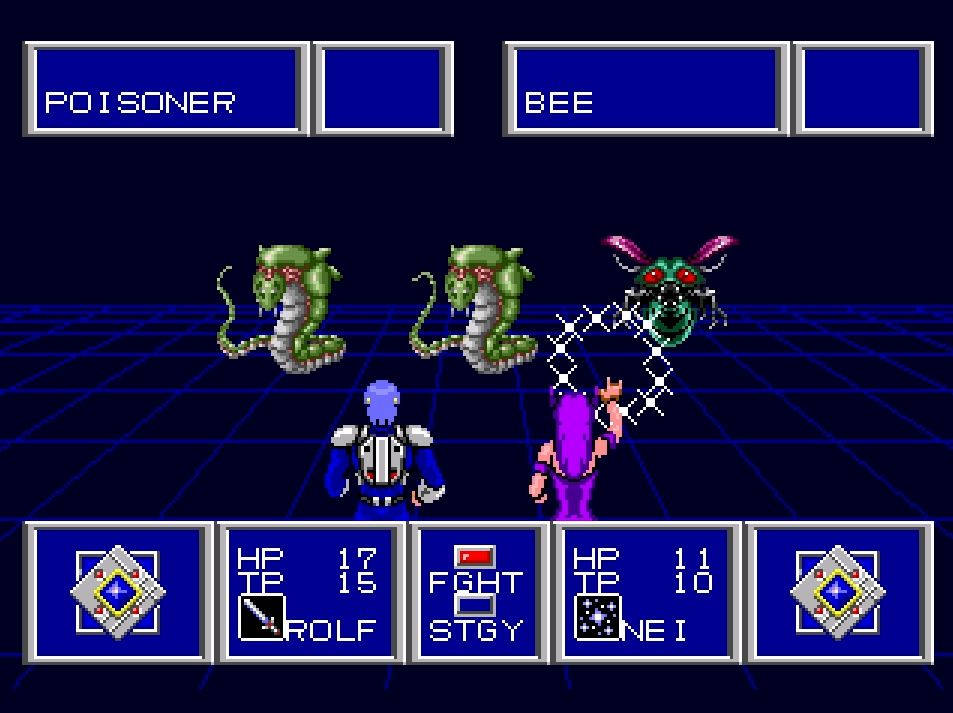 | |||||||||||||||||
 | |||||||||||||||||
Wednesday, July 6, 2011
Phantasy Star II Review
Labels:
Genesis Reviews
Subscribe to:
Post Comments (Atom)












No comments:
Post a Comment